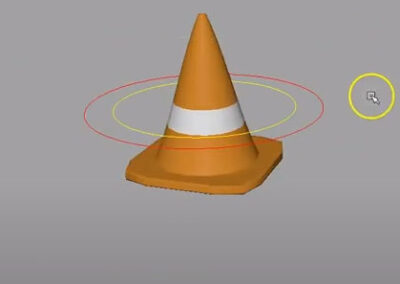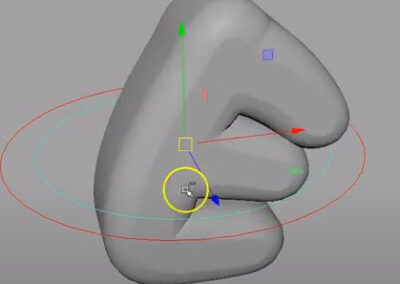Character Rigging
Class 01: Intro to RiggingTopics
- Course Introduction
- Intro to Rigging
- Model Prep
- Simple Rigs
- Class 01 Lab
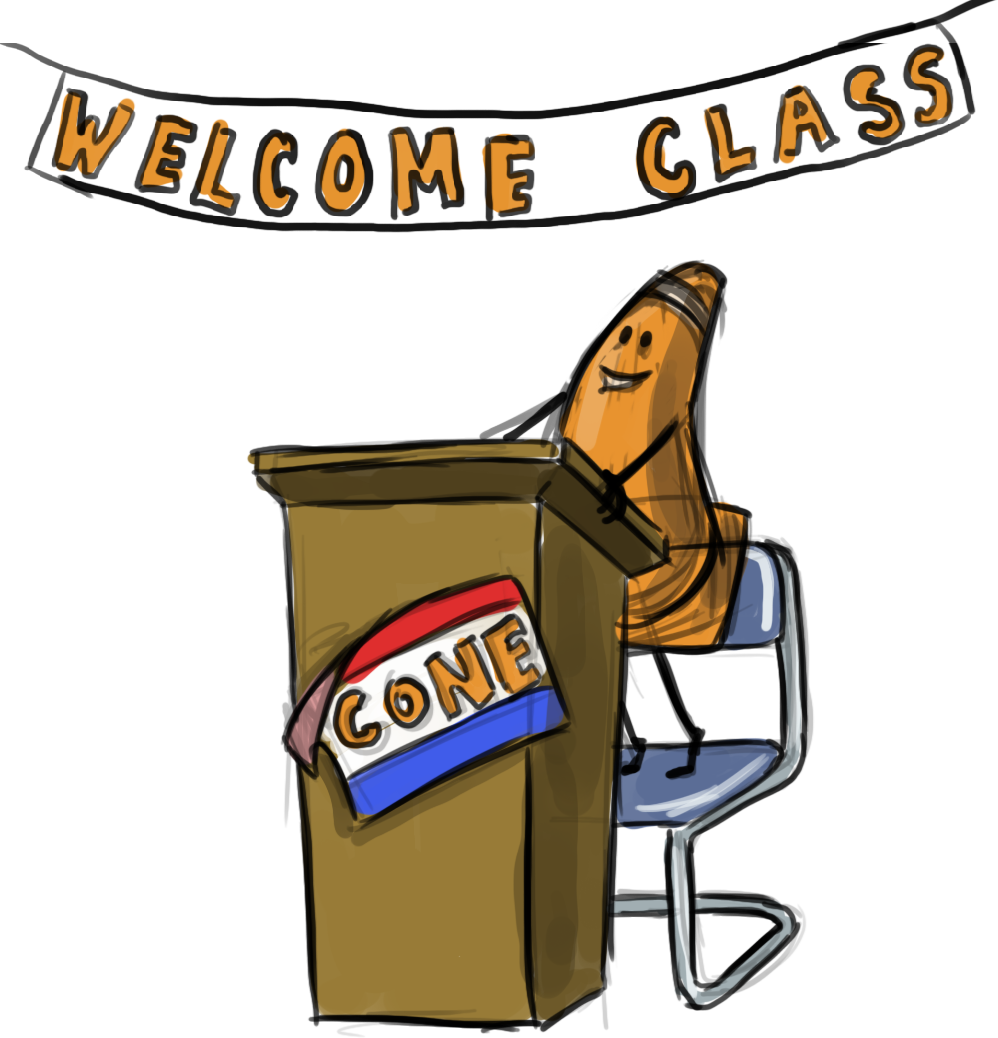
Welcome to the first class!
Class Introduction
Hi There!
I'm Jon Cone
I am one of the full-time faculty in Cecil’s Visual Communication Program. I am mostly responsible for the game design and web design programs. I am also a freelance animator typically working on visualizations.
- Office Hours
- Tues 10:00am - 1:50pm
- Wed 1:00pm - 6:20pm
- Honestly just e-mail me. I will make time when it works for you.
- Contact Information: jcone@cecil.edu (prefered)
- (240) 466-1996 (personal)
- 410-287-6060 X 1470
Actual photo of me.
- Name:
- What’s your name? What do you go by?
- Why you are here:
- Is this required for your major? Are you taking this course as an elective? Personal Enrichment?
- Experience:
- Do you have any history with graphic arts or arts in general? Any experience with Adobe or other graphics software?
Alright. Here is an actual picture of me.
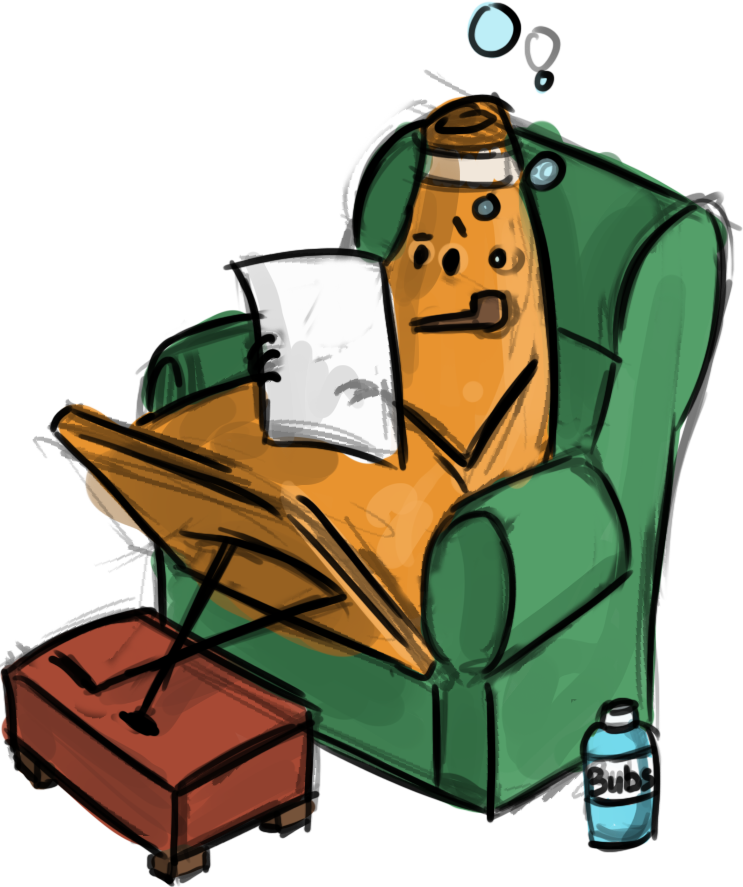
Labs:
Each week a new lab assignment will be given. These mimic the exercises we would do in a face to face course. You must simply follow the instructions given as closely as possible. All labs will be submitted by the end of the week on Blackboard.
Projects
Three long form projects will be due by the end of the course. These are similar to completing many labs at once but with your own designs and without limitation.
Discussion Boards
After each project is completed, the appropriate media should be posted displaying your work along with a brief description.
You must also reply to two of your peers posts for full credit. You will have two weeks to post and reply from when the Discussion Board opens.
| Labs | 13 | 50% |
| Projects | 3 | 40% |
| Discussion Boards | 4 | 10% |
Intro to Rigging
Definition:
The ropes, chains, etc., employed to support and work the masts,yards, sails, etc., on a ship. (dictionary.com) Obviously this is referring to boat rigging but it is actually pretty close to 3D rigging as well. 3D riggers produce the deformers, constraints, solvers, and controllers that allow a model to be animated. As a character rigger/TD you are expected.
- You are required to know what is expected of a character and how to implement Maya’s tools to make it possible
- This means a rig has to be “right” and “clean.” (unlike modeling, texturing, animating, etc.)
- If problems are not resolved ahead of time they will haunt you down the pipeline, half your job as a Character TD is problem solving
In Production:
- Modeler: Builds the body of the car.
- Texturer: Paints the car and adds decals and other details.
- Rigger: Produces the engine, wiring, and functional aspects of the car that allows a driver to drive it.
- Animator: Drives the vehicle.
- Lighter/Renderer: This would just be the sun or lamp that illuminates the car.
Nodes:
Maya is a comprised of nodes that can be manipulated and connected using the hypergraph and other utilities. Nodes are kind of like little boxes with a variety of stuff in them you can manipulate (Attributes) and Maya is the warehouse where they are stored. Rigging is the collection of organized and connected nodes using a very high-level programming language to create a framework with which the animator can affect the character’s mesh. (how’s that for a run-on sentence).
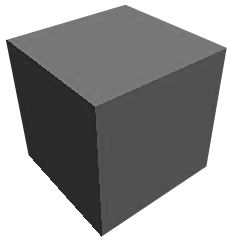
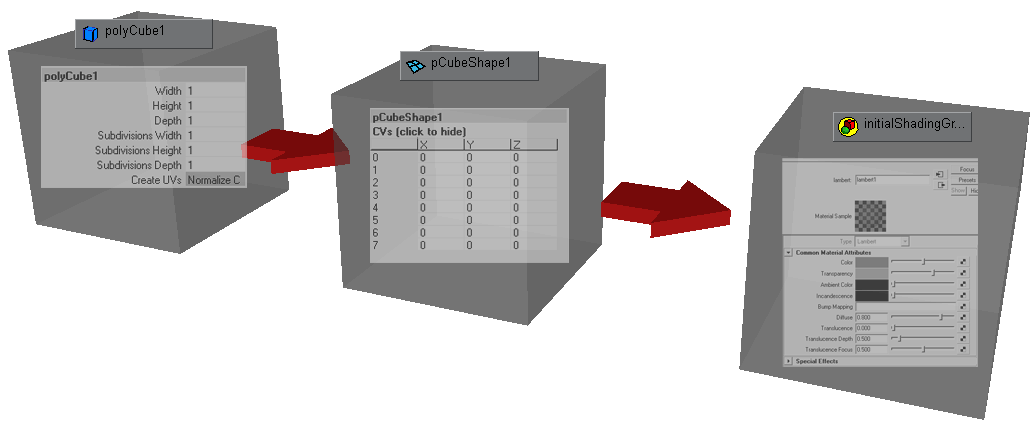
DAG (Directed Acyclic Graph):
Basically means that you have to have a linear parenting structure, cannot cycle (hence the name, duh). Is viewable in the hypergraph and outliner (not hidden). Transform, shape, constraints and lots of others are DAG nodes.
DG (Dependency Graph):
You can connect these anyway you like, even cycle (this is usually a bad idea and you will get a message from Maya). Is usually hidden and not easily found (in the hypergraph click on the input/output connections button). Keyframes, shaders, utility nodes, deformers and lots of others are DG nodes.

Model Prep
Model Prep:
The very first thing you need to do before you rig any model is to clean it up. Often there are extra odd nodes, mesh mistakes, un-optimized geometry, poor topology, etc. Any of these errors can have major irreversible consequences down the production line.
Make the Model Deformable:
- High Resolution enough.
- Edges run perpendicular to the desired motions.
Modeling Text Tutorial:
Simple Rigs
Simple Rigs:
Here are some tutorials on making some really basic rigs
Assignment 04
Special Effect:
Find and apply a special effect to an image or generate a unique image using a special effect process. The effect may be whatever you like but should be high-quality and creative. In addition to the image you should include a link to the tutorial that you use. Sharing the effect tutorial is twenty five percent of the grade. Be sure to include it.
You will be graded on the following:
- Project Cover Sheet
-
Thoroughly completed and thoughtfully written with little or no grammatical errors.
-
- Special Effect Tutorial Sharing
-
The source of the special effect tutorial utilized is included in the project cover sheet.
-
-
Use of Special Effects
-
Interesting use of special effects. Very complete and appropriate to the image.
-
-
Craftsmanship & Creativity
-
Very unique and interesting. Something very different from others.
-
Resources:
- Project Cover Sheet
- You may download the project cover sheet here.
- Assignment Video Tutorials
- You may watch the tutorial videos below to help you complete your assignment.
Assignment Video Tutorials
Wait! Before you go!
Did you remember to?
- Read through this webpage
- Submit Assignment 04 Special Effect on Blackboard
- Effect Image, Tutorial Sharing and Project Cover Sheet
- Post your finished image and description on the Assignment 04 Special Effect Critique Discussion Board
- … and reply to at least two of your peers’ work on the Discussion Board


